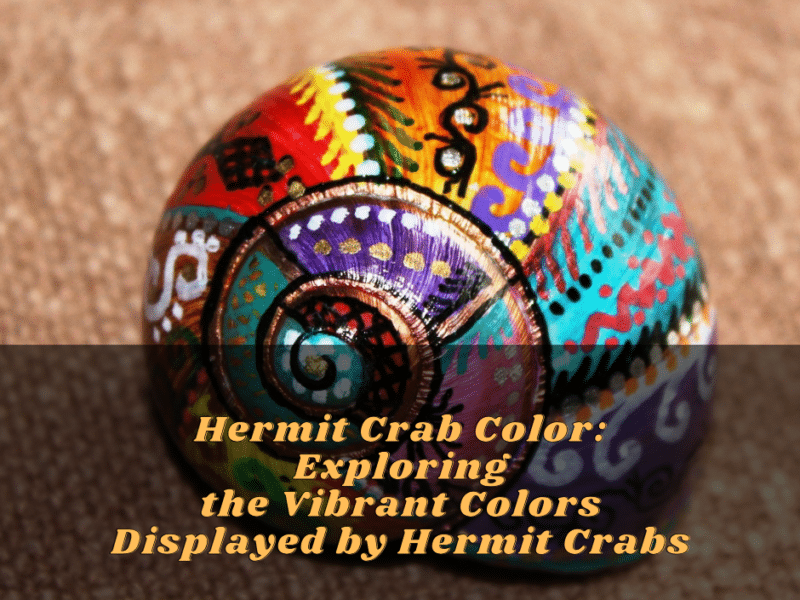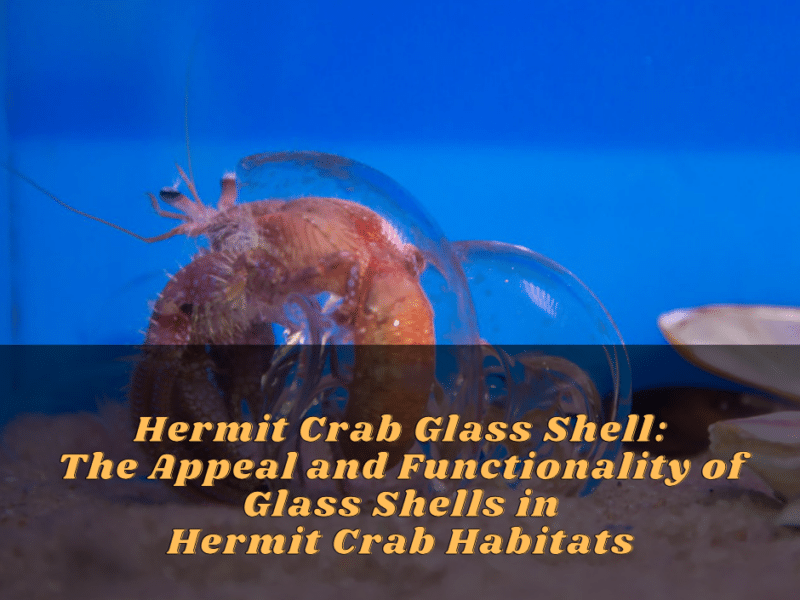|
Listen:
Getting your Trinity Audio player ready...
|
Fish lice, also known as Argulus, are one of the biggest parasites (5-10 mm) and visible with the naked eye. Argulus adhere to the flesh by means of various suckers and hooks. Once attached their mouth pierces the skin and they begin to feed on the host fish. Fish with lice show typical irritation responses such as rubbing and flashing.
In addition to physical damage, affected fish are subjected to severe stress, which can lead to secondary parasite or bacterial infections. This type of combined attack on weakened fish can result in high numbers of fatalities.
The parasite may periodically release itself from one fish and swim to another but cannot live for extended periods without a fish host on which to feed. The adult female leaves the fish host to lay her eggs on submerged objects or plants. Eggs hatch and infants must find a host within a few days or they will die.
Cause: Fish lice are mainly introduced to your aquarium through newly purchased fish or as eggs on plants.
Treatment: Brief dips in saltwater or formalin may dislodge the parasite from individual fish. Another more traditional method is to hold the fish in a damp cloth and use a tweezers to remove the lice.
One of the more popular products on the market for treating fish lice is Jungle Parasite Clear Tank Buddies.
• Dosage, 1 tab for 10gal/40L. • Treat once a week for three to five weeks.
• Change 25% of the water before each new treatment.
Antibiotic therapy is recommended to prevent bacterial infections at the attachment sites.



